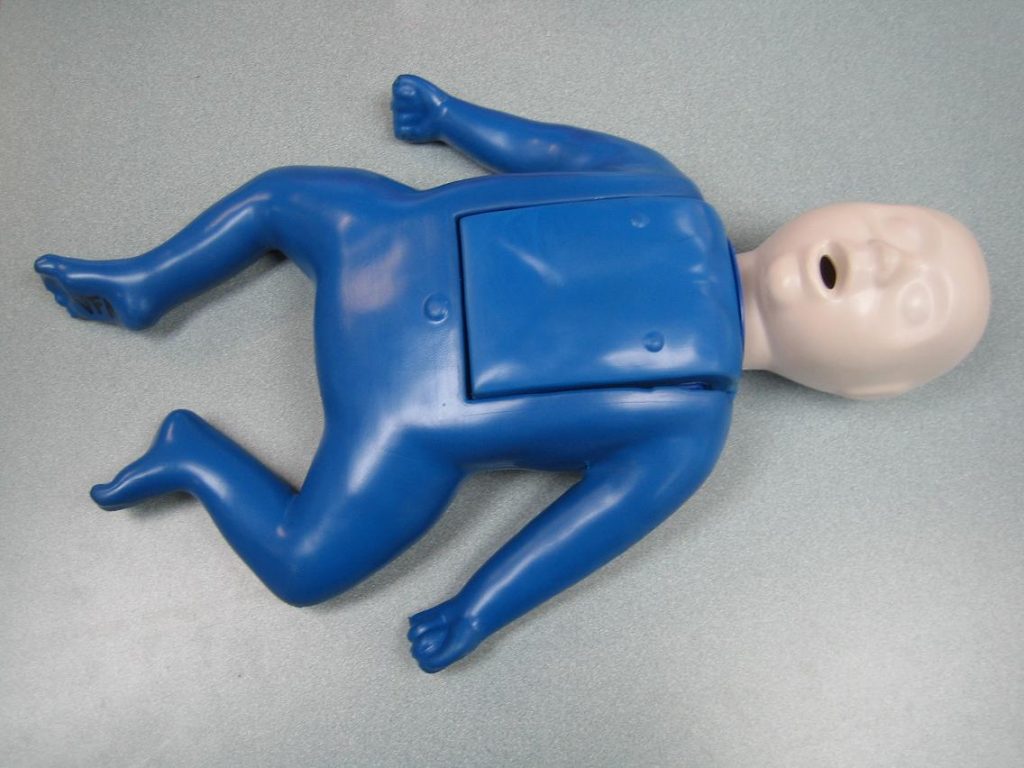Drowning in children can happen as quickly as 20 seconds, even in water that is only 2 inches deep. Most drowning or near-drowning cases in children usually happen in backyard pools, inflatable pools and bath tubs. In addition, natural bodies of water, toilets and drainage areas are also places where drowning can also happen.
Signs of drowning
- Floating and face down in the water
- Head is tilted back with mouth open
- Gasping for air
- Trying to swim in any direction and not making progress
What should I do?
- Check if the child has difficulty breathing or stopped breathing due to being immersed in water. Children can easily drown in just an inch of water.
- Has a near-drowning episode
- Take the affected child out of the water.
Check if the child has difficulty breathing or stopped breathing due to being immersed in water. - Start by giving the child cardiopulmonary resuscitation (CPR)
- Check if the child is breathing or the chest is moving. Call the name of the child to check if he/she responds.
- If the child is not breathing, start rescue breathing. Place the child on his/her back on a flat surface. If there is neck or head damage, you have to roll the child by moving the whole body together. Tilt the head of the child and lift the chin. If there is neck injury, avoid tilting the head, just open the jaw. If it is a baby, avoid tilting the head too far. For an older child, seal the nose and cover the mouth of the child with your mouth forming a fitted seal. Deliver air into the mouth for at least 1 second and the chest should rise when performing this. Repeat the rescue breathing a second time.
- Start chest compressions. Place the heel of one hand on the center of the chest in line with the nipples and put the other hand on top of that hand to help with the compression. Begin pressing down on the chest about 2 inches deep and then release the pressure. Avoid pressing the ribs of the child. Perform at least 30 chest compressions until the chest rises completely between compressions.
- Repeat the process by giving 2 rescue breaths followed by 30 compressions until the child begins to breathe or until medical help arrives.
Disclaimer / More Information
The material posted on this page on drowning is for learning purposes only. Learn to recognize and manage sudden medical emergencies including drowning by taking a first aid and CPR class with one of our training providers.
FACT CHECK
https://en.wikipedia.org/wiki/Drowning
https://www.medicinenet.com/drowning/article.htm
http://www.who.int/violence_injury_prevention/other_injury/drowning/en/

